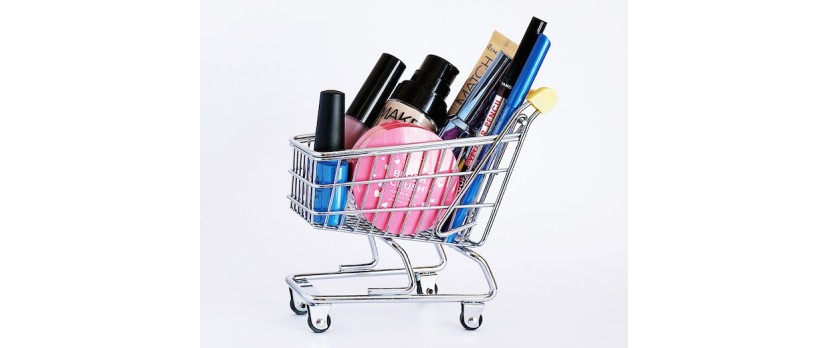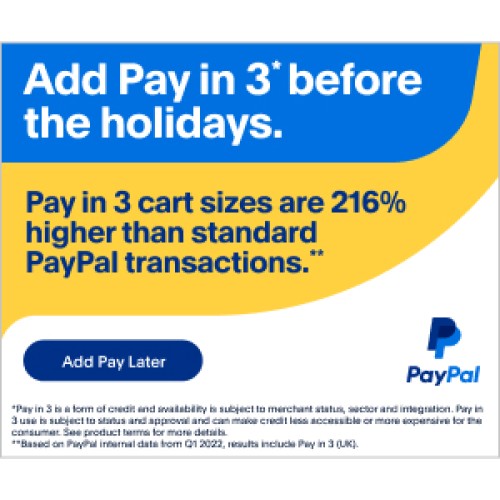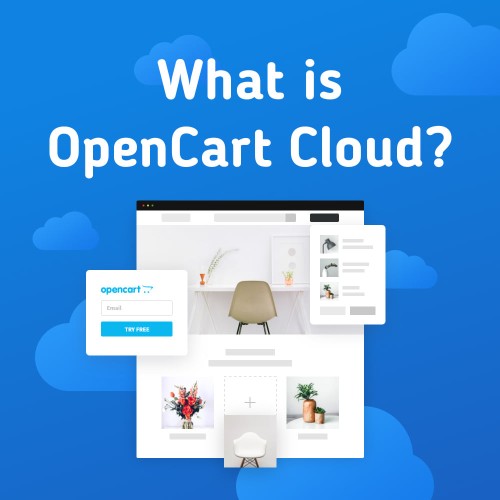In this post we will discuss the importance of making high-converting product pages to entice visitors and get them to purchase. We are going to explore both best practices and new strategies to create product pages that work well.
1. Know Your Target Audience
Before going all into creating product pages, the first thing to do is understand your target audience well. Conduct good research to find their preferences, pain points as well as embedded motivations. Conduct this research before time.
2. Write Compelling Product Descriptions
The product description gives you a chance to showcase the benefits and features of your product. Back it up with persuasive copy, optimized content, and strong storytelling to engage your audience and create urgency to excite them to action. For instance, if you’re into law firm accounting, your product descriptions should capture that spirit. Talk about accounting software and legal help. At the same time make sure your eCommerce website is GDPR compliant and learn how to be GDPR compliant in this article. Without this you may get into legal tussles.
3. Use High-Quality Images and Videos
Visual content plays a big role in drawing ecommerce conversions. Quality images, and videos give buyers a clear understanding of your product as well as increase trust when making a purchase decision. Consider using more images and different angles to showcase the product. At this stage it’s important to get a great logo designed with a good logo maker. An online logo maker can get you professional logos.
4. Implement Clear and Visible Calls-to-Action
Your product page should use a well-designed CTA that stands out from the rest of the page. Use action-oriented copy to attract attention. Place CTAs throughout the page to ensure it remains within reach.
Focus on the Call-To-Action Button Color
One great change you can make is to the Add to basket button color. Changing it to blue in the example shown below reduced abandoned carts by 50%.
The button color that converts well for your brand differs from site to site. As a result you need to a/b test multiple button colors to find which one converts the best.
A color that stands out well draws the eye and is likely to convert best. This means you may need to use a secondary brand color.
Button Placement
Above the fold may be an old term, but its still alive and available in the digital marketing space. In general, your CTA should be present above the fold so that the customer doesn’t need to scroll through the entire page to discover the button.
You also want to be sure to only offer a few options –– especially as someone gets closer to the checkout point of the conversion funnel.
On your homepage, you can talk about your products to convert them. Once they land on the product page you want clear CTAs above the fold and only these will increase people’s engagement with your brand and signal about a desire to move further below the funnel.
Beyond CTA best practices there are other CTAs that you can use across your site. Each of these is for a different purpose. Think of the conversion funnel, at each stage where you ask for different kinds of information. This leads to both brand discovery as well as engagement. It results in sales and improves customer lifetime value.
These are the must-have CTAs for your site:
Social Follow and Social Share CTAs
Creating an online community is certainly the first step in a long list of steps. Communities offline or online help you see yourselves.
There are a few tactics outside the website that help you build an engaged community such as using the site to drum up follower numbers on different social media channels.
Your ecommerce site should have buttons and icons to make this possible. We do this at BrushDial, using whatever options we have to build customized thumbnails, buttons and imagery.
Make sure your social media communities are all easy to discover and it's important for customers to be able to share the items to social media channels too.
Subscribe CTAs
Only 2% of the traffic converts to a sale on your site. How to capture the rest of the interested parties.
It’s simple. Ask for their email address. Once you get the email address, you don’t have to pull customers back. The person is part of your list and your asset. You can market to the list and build a conversion funnel to both A/B test and optimize for.
5. Offer Customer Reviews and Testimonials
Customer reviews as well as testimonials provide ample social proof and build trust amongst buyers. So encourage customers to leave reviews. Both positive and negative reviews play a role in getting buyers.
6. Ensure Mobile Responsiveness
With more and more people browsing your store from their phones, its important to make sure these product pages are highly optimized for mobile. Test pages on different devices and ensure a seamless experience for visitors.
7. Optimize Page Loading Speed
A slow-loading page drives away visitors. That’s why compress images, leverage, cache and optimize HTTP requests.
A faster page speed helps with conversion rate optimization. Happier customers mean more shopping carts resulting in more buyers for you.
9. Provide Multiple Payment Options
Offering a variety of payment options gives customers more flexibility and convenience. Ensure that your eCommerce script platform supports popular payment gateways and secure payment methods to accommodate different preferences.
10. Display Stock Availability
Informing customers about the stock availability of a product can create a sense of urgency and encourage them to make a purchase before it's too late. Implement clear indicators for products that are low in stock or out of stock. Use jquery to make this possible.
12. Make Use of Urgency and Scarcity
Start by creating a sense of urgency with limited-time offers and showcase limited products. Use urgency and scarcity to trigger FOMO which is the equivalent of telling people that people may miss out on these steal deals if they don’t act quickly.
15. Track and Analyze Performance
Regularly monitor the performance of your product pages using embedded analytics tools. Analyze conversion rates, bounce rates, and user behavior to identify areas for improvement and refine your ecommerce strategy. You can schedule meetings with customers using calendar plugins and get more feedback.
Provide free shipping to customers as 9 out of 10 consumers say free shipping is the way how they offer shopping. 61% of people will cancel their purchase if there’s no free shipping.
Orders that come with free shipping are around 30% higher in value than orders with shipping costs paid by customers.
Recompute your product pricing to integrate free shipping costs and see how this improves your sales.
16. Display shipping options on product pages as well as the checkout page
Some customers want their orders delivered quicker and are happy paying for that. To provide for regular, expedited shopping and the number of days it takes for the orders to reach them. Both on the product and checkout page.
Integrate order tracking into the system to add more value as you need to assure customers of your trustworthiness.
If you can publicly post this information during the consideration phase it helps people make better decisions, eases their buyer anxiety, and gets more purchases.
17. Make your checkout process clearer and simpler in 3 to 5 steps
Don’t turn away potential customers with an overly long, needlessly complicated checkout process. Have them complete the whole thing in 3 to 4 steps.
Provide users with a guest checkout option. If a potential customer has finished shopping and goes to the checkout page don’t needlessly prudent them with signing up to progress to the next step.
From a business standpoint requiring potential customers to create an account to progress further is often bad for business. 43% of customers abandon their shipping carts when faced with mandatory registration.
A guest checkout option entices first time customers to see the value of creating an account with you. Offering these options gives customers freedom and flexibility.
Conclusion
Creating ecommerce product pages that convert well requires a thoughtful and customer-centric approach. Understanding your target audience, crafting compelling content, optimizing for mobile users, and implementing persuasive strategies can increase your chances of driving more conversions and achieving ecommerce success.
FAQs
How long should my product descriptions be? There is no fixed length for product descriptions but aim for around 150-300 words to provide enough information without overwhelming the reader.
What image formats are best for ecommerce product pages? JPEG and PNG are the most commonly used formats for product images as they offer a good balance between image quality and file size.
Can I use videos on all product pages? Yes, using videos is highly recommended, especially for products that require demonstrations or have unique features.
Are mobile-optimized product pages really necessary? Absolutely! With a significant portion of online shopping occurring on mobile devices, mobile optimization is crucial for a positive user experience and higher conversions.
How often should I update my product pages? Regular updates are essential, especially for product availability, pricing, and customer reviews. Aim to refresh your pages at least once a month to keep them current.



Login and write down your comment.
Login my OpenCart Account